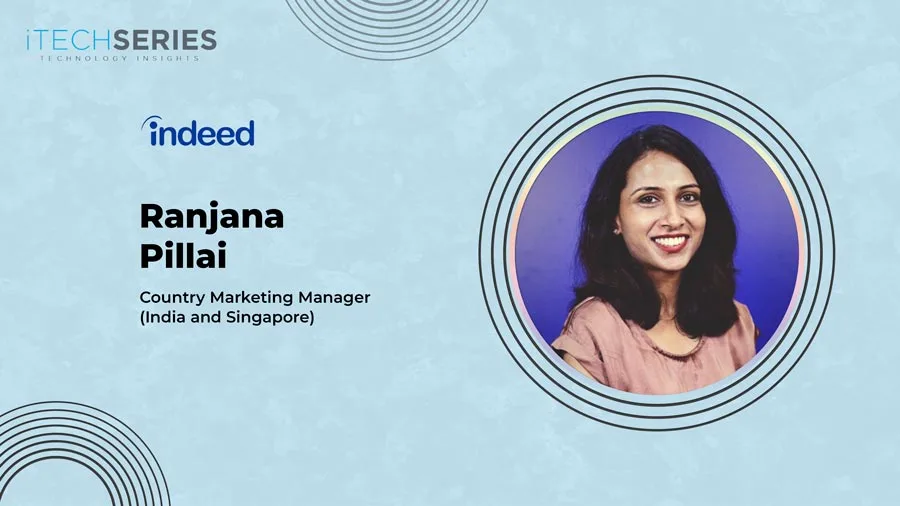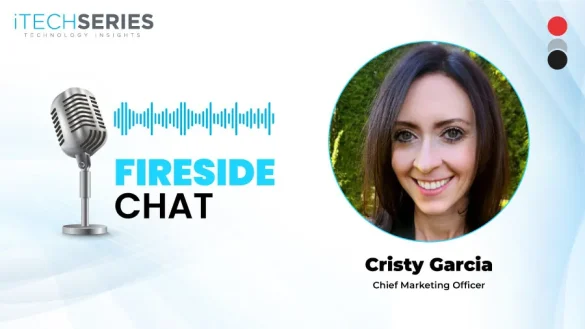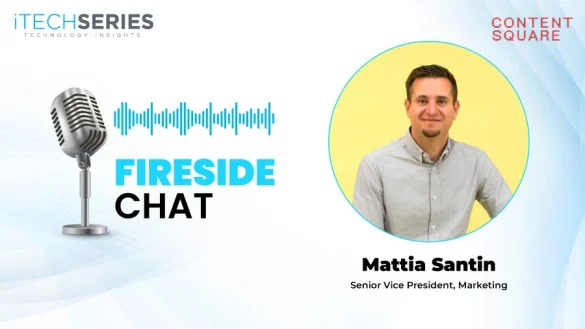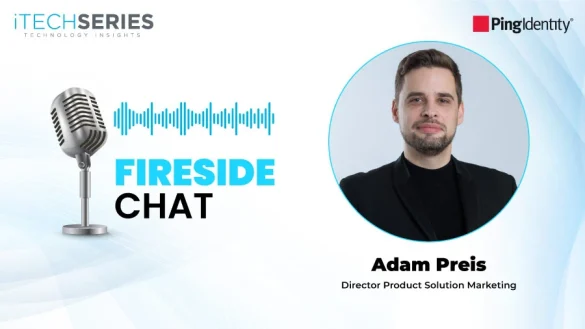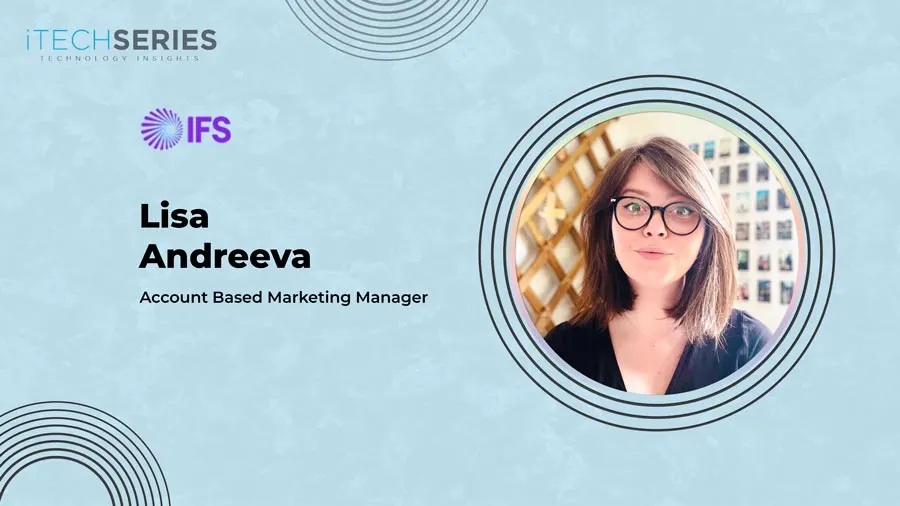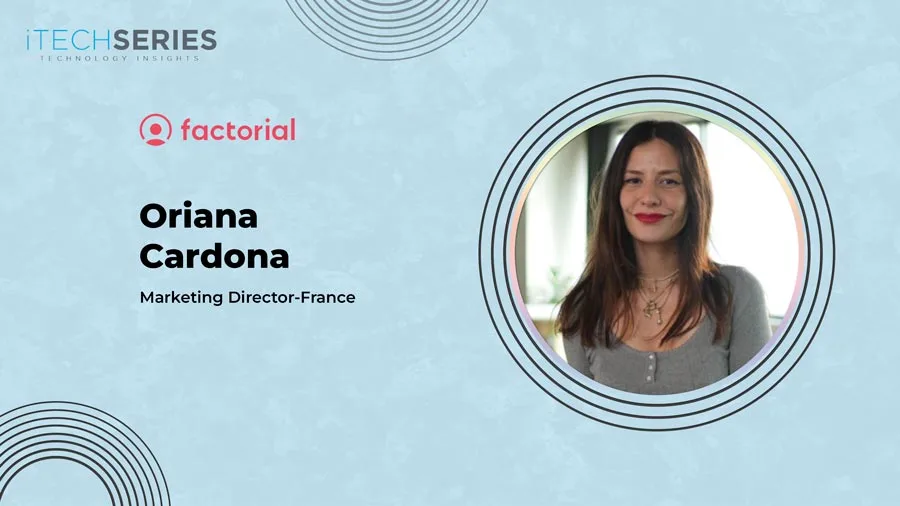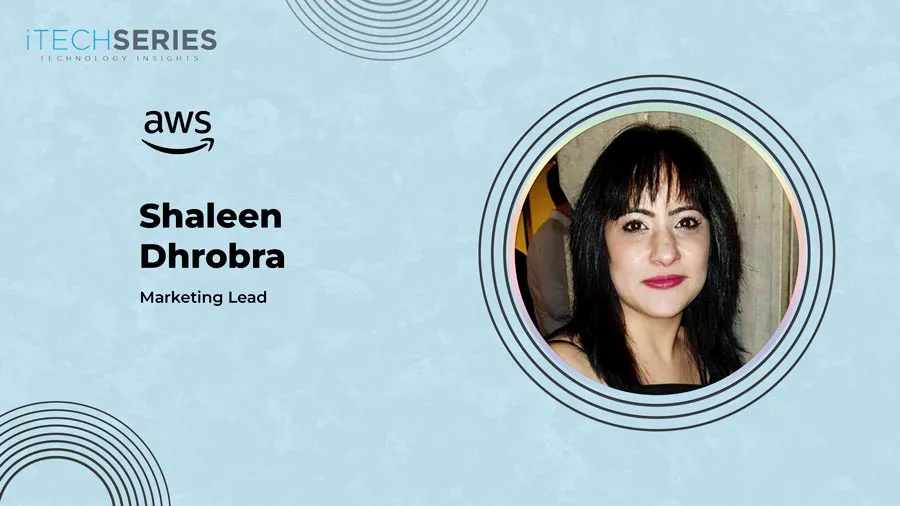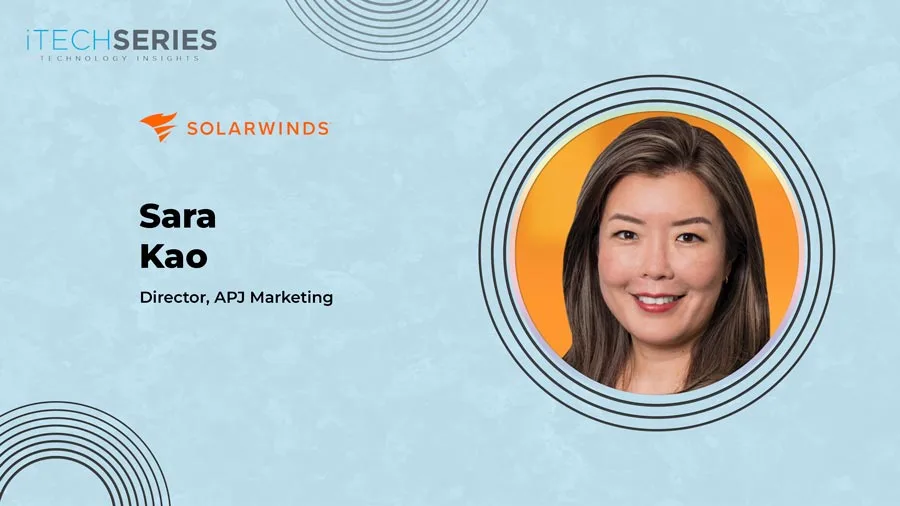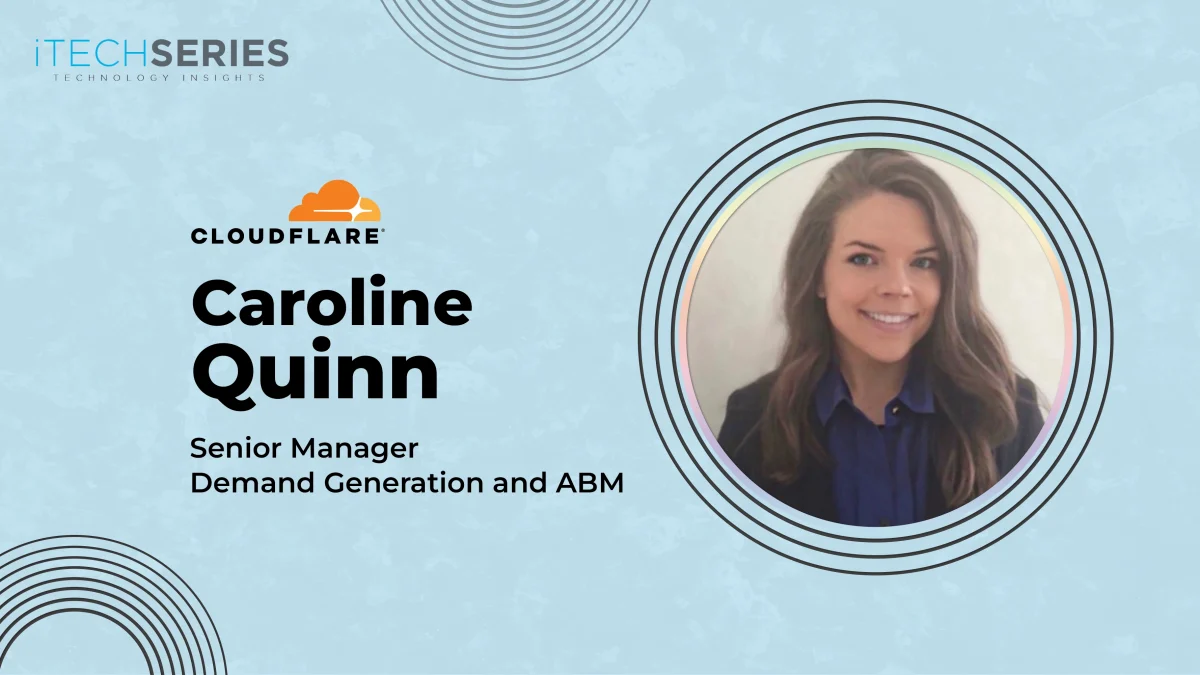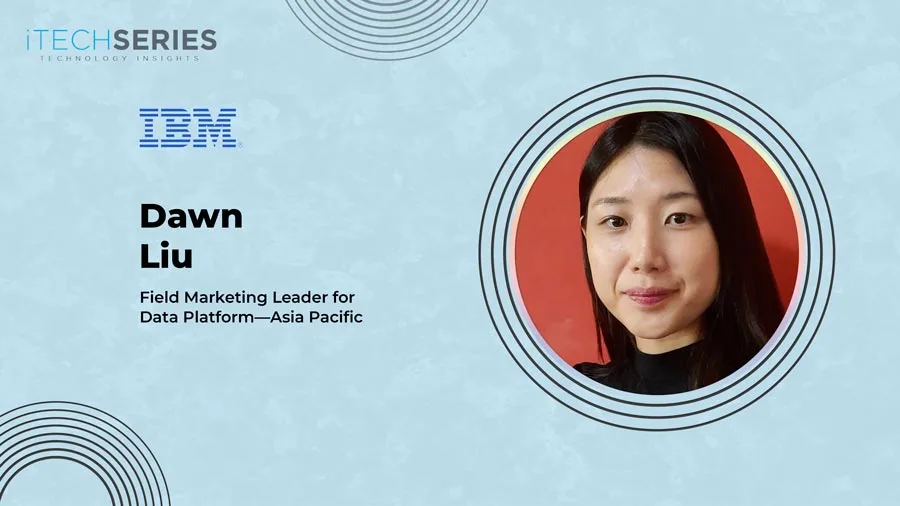Ranjana Pillai, Country Marketing Manager for India and Singapore at Indeed, reflects on her 13-year journey from researcher to go-to-market leader. In this conversation, she shares insights on embedding sustainability into marketing, balancing global consistency with local relevance, blending AI with human creativity, driving pipeline growth, and shaping the future of B2B marketing.
Welcome to the interview series, Ranjana. Could you tell us about yourself and your journey as a go-to-market leader?
Thank you for including me in this series. A little bit about myself: I am a marketer with over 13 years of experience. However, my educational background was quite different. I started my career in life sciences as a researcher. After two years of working in the lab, I was looking for a change and got the opportunity to join a healthcare start-up as a content writer (given my background in science). From there, I grew into content marketing and product marketing, developing go-to-marketing strategies for the healthcare platform in India, the Middle East, and Southeast Asia. Eventually, I moved on to a Marketing & Communications role in an industrial gases company, getting more rooted in B2B and content marketing strategies for South Asia. Currently, I am the Country Marketing Manager for India and Singapore at Indeed, a role I’ve held for over 5 years, working on demand generation, go-to-market messaging, and account-based marketing programs in the B2B space.
How do you integrate sustainability principles into your marketing strategies while ensuring measurable business impact?
Sustainability has now become an integral part of business operations, serving as a measure of performance by both internal and external stakeholders. The onus of driving strong performance that focuses on people and the planet, while also ensuring profits, requires new and innovative approaches. For me, sustainability in marketing goes beyond being a “nice-to-have” to building strategies that are authentic, actionable, and measurable.
I focus on three things:
- Purpose-led storytelling—ensuring campaigns highlight not just what we do, but why it matters, tying back to broader ESG goals.
- Responsible choices—from the partners we work with to the formats we use, I try to reduce waste and encourage smarter, more sustainable practices.
- Measurable outcomes—whether it’s engagement, efficiency, or long-term brand equity, every initiative is tied to metrics that show clear business impact alongside positive social/environmental outcomes.
This way, sustainability isn’t a parallel track; rather, it’s embedded in how marketing drives growth and relevance.
What key factors are essential for marketing programs to drive stronger engagement and accelerate pipeline growth?
For me, the key to driving stronger engagement and accelerating the pipeline in B2B marketing is about being relevant, consistent, and value-led. This begins by putting the audience first, really understanding their needs, and shaping programs that address their challenges directly. This should be combined with insights-led storytelling, using data or research to create conversations that demonstrate tangible business impact. Finally, make sure your activations are fully integrated, so every touchpoint is part of a connected journey that nurtures relationships and builds trust. When these elements come together, marketing goes beyond generating leads—it creates meaningful engagement that translates into long-term partnerships and pipeline growth.
With greater alignment between sales, customer success, and RevOps teams, how do you see the role of marketing transforming in the future?
Marketing is moving from being a function that drives awareness to one that orchestrates the entire customer journey. The future role of marketing will be about creating seamless connections. This includes using insights to attract the right prospects, enabling sales with compelling narratives, and supporting customer success in driving long-term value. As these teams operate more cohesively, marketing’s impact will increasingly be measured not just by leads generated, but by its contribution to pipeline velocity, retention, and lifetime value. It’s less about executing campaigns in isolation and more about shaping the strategy that drives sustainable growth.
“Marketing is moving from being a function that drives awareness to one that orchestrates the entire customer journey.”
Having led marketing for multiple regions, how do you adapt strategies for diverse markets while keeping the brand voice consistent?
Marketing across diverse regions requires finding the balance between global consistency and local relevance. The way I see it, the brand voice acts as the unifying thread. It defines who we are, what we stand for, and the value we bring as a brand. However, how that voice shows up must adapt to the local context: audience expectations, cultural nuances, local products, and market maturity. The key is building strategies that are insight-driven and flexible, those that are anchored in a clear global narrative but activated through campaigns and storytelling that resonate locally. In this way, you can create marketing that feels both consistent and authentic while still driving impact in each unique market.
How do you craft product messaging that resonates with enterprise buyers and end-users, and how does customer feedback shape that process?
Crafting product messaging for enterprise and SME buyers is about clearly articulating business value in a way that feels relevant to their priorities. Enterprise leaders often look for scale, efficiency, and ROI, while SMEs want solutions that are agile, practical, and growth-oriented. Building go-to-market messaging that resonates involves closely working with product marketing to shape value propositions, with sales to bring in real-world insights from client conversations, and with product teams to align on the innovation story and roadmap. Customer feedback is the final layer—it grounds our messaging in lived experiences, ensuring it reflects what they actually need and expect. This collaboration allows us to create a consistent narrative of value that speaks to diverse business audiences.
Having worked extensively on SEO, SEM, and content strategy, how do you decide the right channel mix for maximum impact?
Deciding the right channel mix for maximum impact starts with clarity on the target audience, the outcomes you want to drive, and the resources available. SEO is evolving rapidly with Google’s AI-driven algorithms, which means success today is less about keywords alone and more about creating authoritative, trustworthy content that answers user intent. SEM continues to deliver speed and precision, while content provides the connective tissue that nurtures engagement across the funnel. Budget plays a critical role, as sometimes, the priority is to invest in channels with compounding returns like SEO and content, while in other cases, immediate demand generation through SEM takes precedence. By combining audience insights, performance data, and budget considerations, you can design a channel mix where each lever amplifies the other, ensuring both near-term results and long-term growth.
How can AI and human creativity work together to elevate storytelling in employer branding and marketing?
I see AI and human creativity as complementary forces in elevating storytelling for employer branding and marketing. AI helps uncover insights at scale by analyzing data, identifying patterns, and even generating first drafts or content variations. Human creativity brings empathy, context, and authenticity to the narrative, which are essential when telling stories about people and culture. When combined, AI becomes an enabler rather than a replacement, freeing time from repetitive tasks so marketers can focus on designing effective strategies and crafting stories that inspire, connect emotionally, and reflect a brand’s true values. The future of storytelling will belong to those who can blend data-driven intelligence with human imagination.
About Ranjana Pillai
Ranjana is a seasoned B2B marketer with over 13 years of experience across healthcare, industrial gases, and technology. Beginning her career as a life sciences researcher, she transitioned into marketing, developing expertise in content, product, and go-to-market strategies across India, the Middle East, and Southeast Asia. Passionate about sustainability, she focuses on people, planet, and profits while driving demand generation, ABM, and customer-centric growth programs.

